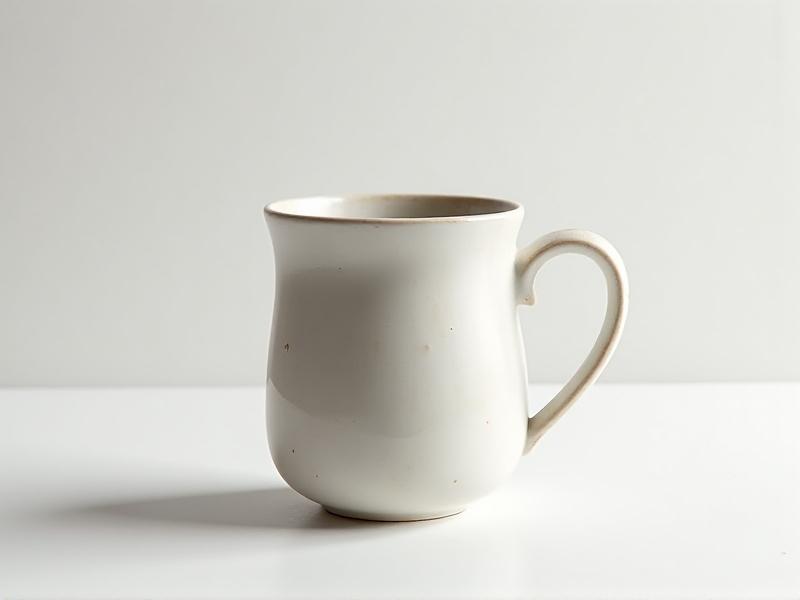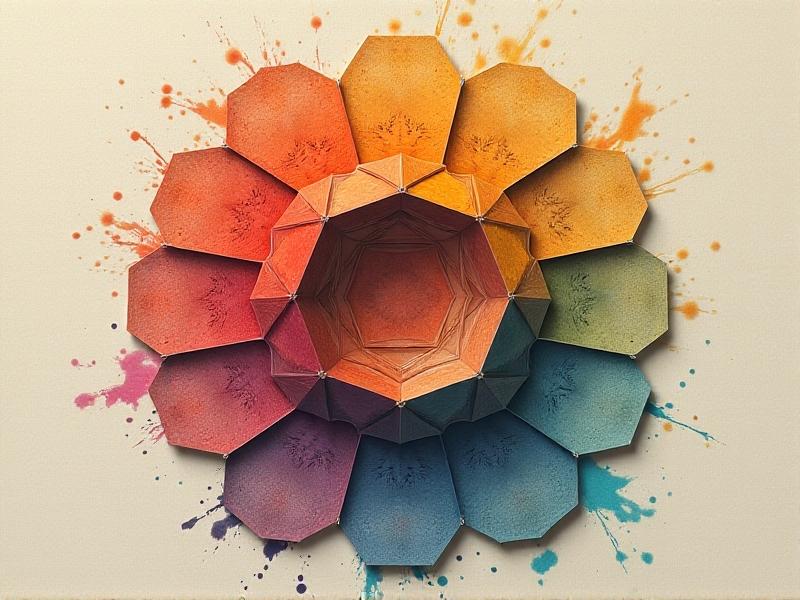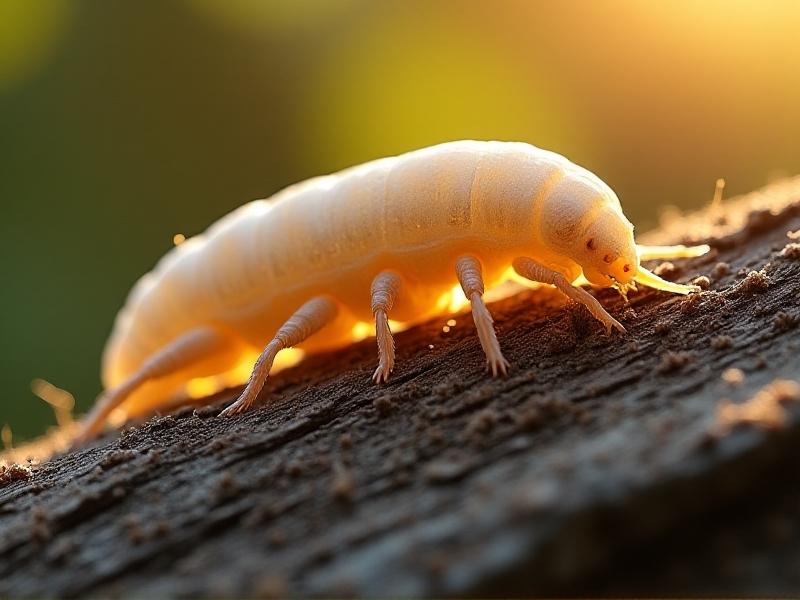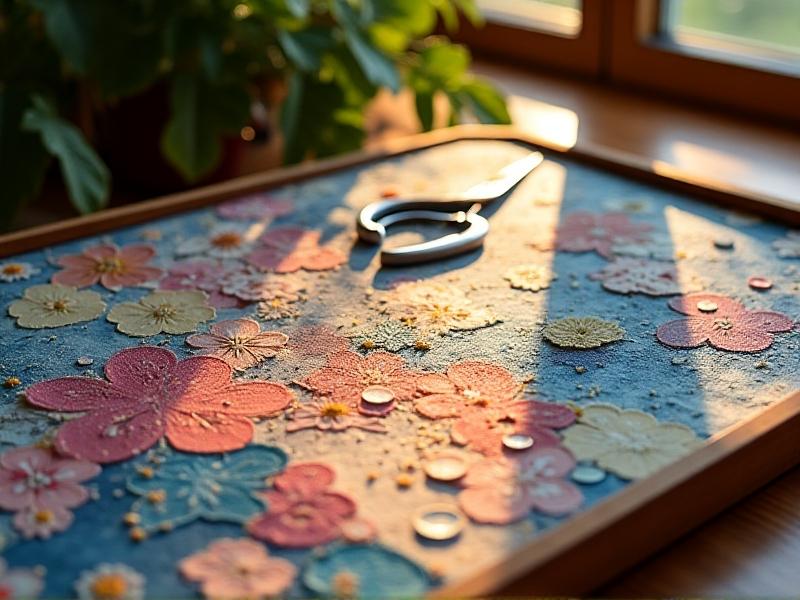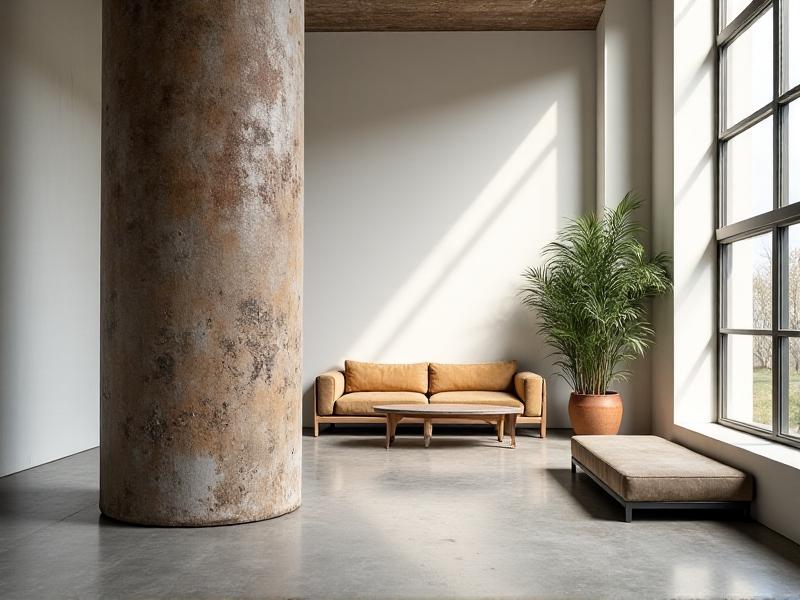Fabric Foraging: Sourcing Sustainable Upholstery Materials
The Art of Fabric Foraging: Rediscovering Textiles with Purpose
Fabric foraging is more than a trend—it’s a movement toward mindful consumption. As the demand for sustainable interiors grows, designers and DIY enthusiasts are reimagining how to source materials. This practice involves scouting for pre-loved, deadstock, or unconventional fabrics that reduce waste and celebrate uniqueness. Unlike fast furniture’s cookie-cutter approach, fabric foraging prioritizes stories: a vintage curtain’s faded floral pattern, a factory’s surplus linen, or remnants from a local artisan’s studio. It’s about seeing potential where others see discards, blending creativity with environmental stewardship.
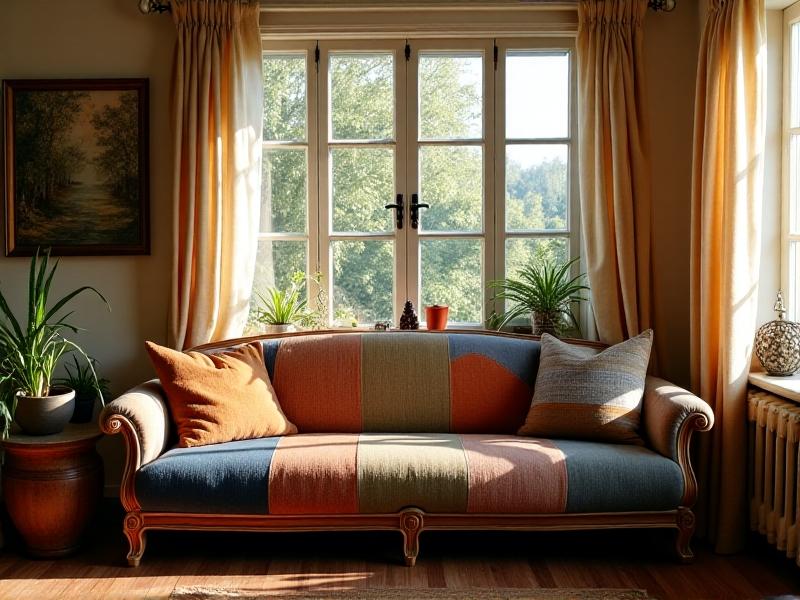
Unearthing Hidden Gems: Where to Source Sustainable Textiles
Fabric foraging thrives in unexpected places. Thrift stores and estate sales offer well-preserved mid-century draperies or heavy-duty denim from worn-in jeans. Textile recycling centers, often overlooked, house industrial remnants like fire-retardant wool or marine-grade canvas. Online platforms like Etsy or Fabscrap specialize in deadstock fabrics—unused rolls discarded by manufacturers. Local collaborations matter too: partnering with small weavers or upcycling workshops can yield organic hemp or plant-dyed cotton. The key is to explore with curiosity, asking questions about a material’s origin and durability.

Natural Fibers vs. Synthetic Alternatives: Weighing Eco-Impact
Not all sustainable fabrics are created equal. Organic cotton uses less water than conventional varieties, while hemp requires no pesticides and enriches soil. Linen, made from flax, is biodegradable and improves with age. Conversely, synthetic blends like polyester—even recycled versions—shed microplastics during washing. The choice depends on context: a sunlit reading nook might benefit from UV-resistant hemp, while a child’s playroom could use stain-resistant, OEKO-TEX-certified linen. Always prioritize non-toxic dyes and certifications like GOTS (Global Organic Textile Standard) to ensure ethical production.
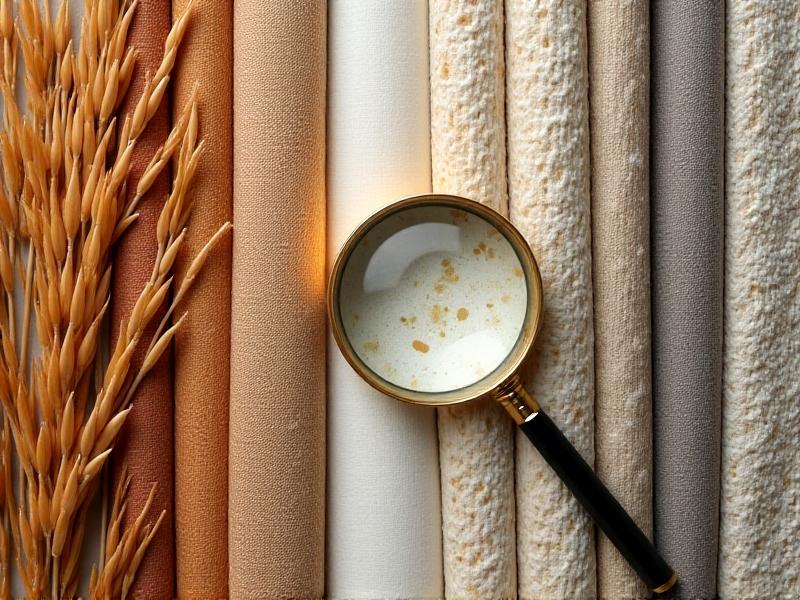
Reviving the Old: Techniques for Restoring Vintage Fabrics
Breathing new life into vintage textiles requires patience and skill. Start by assessing fabric integrity: hold linen up to light to check for thinning areas. Remove odors by soaking wool in vinegar water or freezing delicate silks to kill mites. Darning tools can reinforce moth-eaten tweed, while natural dyes like avocado pits or onion skins can refresh faded hues. For stubborn stains, consider strategic patchwork or flipping the fabric to use the reverse side. Embrace imperfections—a tea-stained linen tablecloth becomes a charming sofa accent when paired with leather patches.
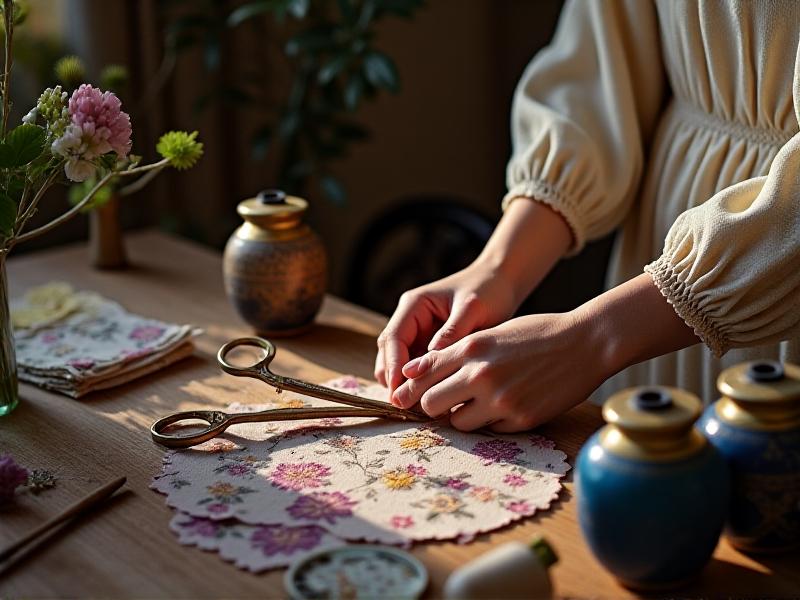
Zero-Waste Upholstery: Designing with Scraps and Offcuts
Zero-waste upholstery turns limitations into creative fuel. Japanese sashiko stitching can join mismatched denim scraps into a durable couch cover. Quilting techniques transform silk remnants from scarf production into a headboard’s geometric panel. For larger projects, modular designs allow interchangeable slipcovers from assorted fabrics. Collaborate with local tailors or schools to source offcuts—upholster bar stools with suit-sample swatches or line drawers with leftover quilting cotton. The goal is to view every scrap as valuable, minimizing landfill contributions while maximizing visual interest.
Community and Collaboration: Building a Fabric Foraging Network
Sustainable upholstery thrives on shared resources. Join local swap meets where crafters exchange unused yarns or drop cloths. Online forums like Facebook’s “Creative Reuse” groups connect designers with theaters discarding stage curtains or hotels renovating linens. Libraries of Things now lend tools for fabric processing, like industrial looms or felting machines. Schools and nonprofits often host workshops teaching natural dyeing or visible mending. By fostering these connections, fabric foraging becomes a collective effort—reducing waste, preserving craftsmanship, and nurturing a deeper appreciation for textiles’ lifecycle.
